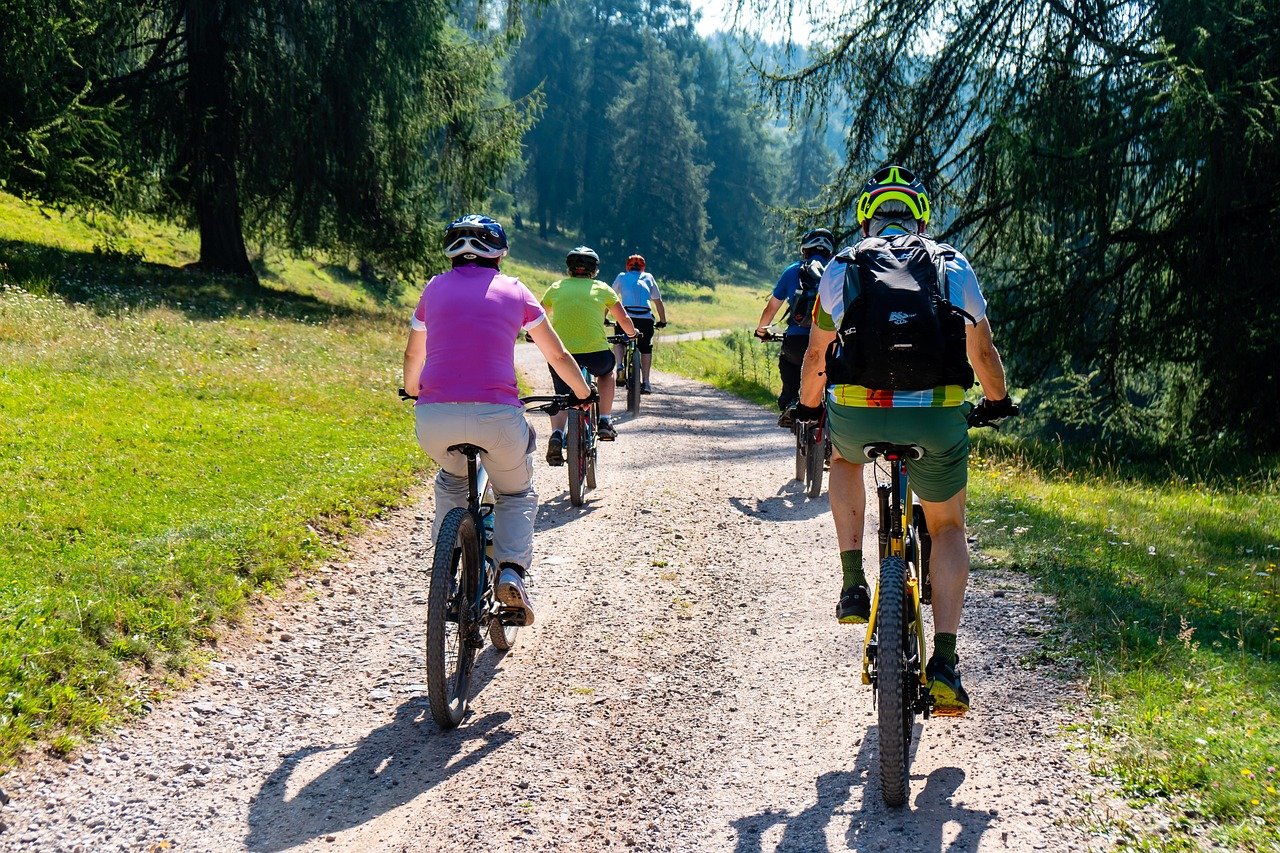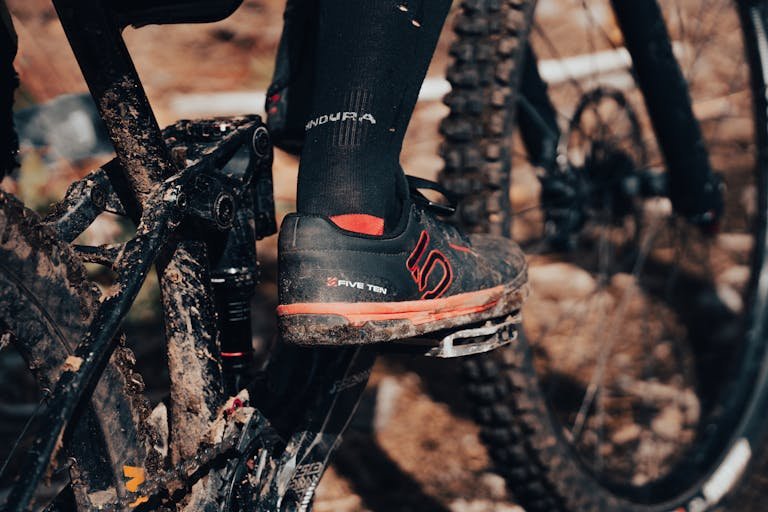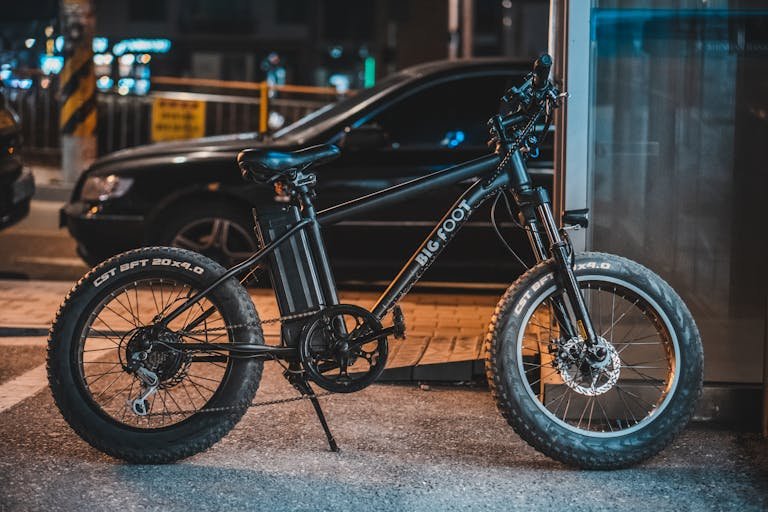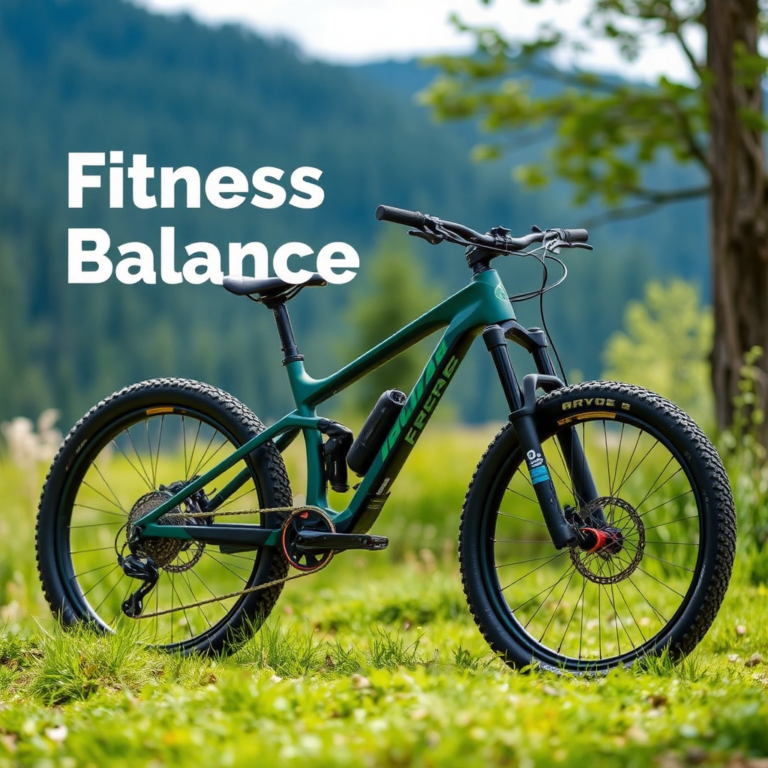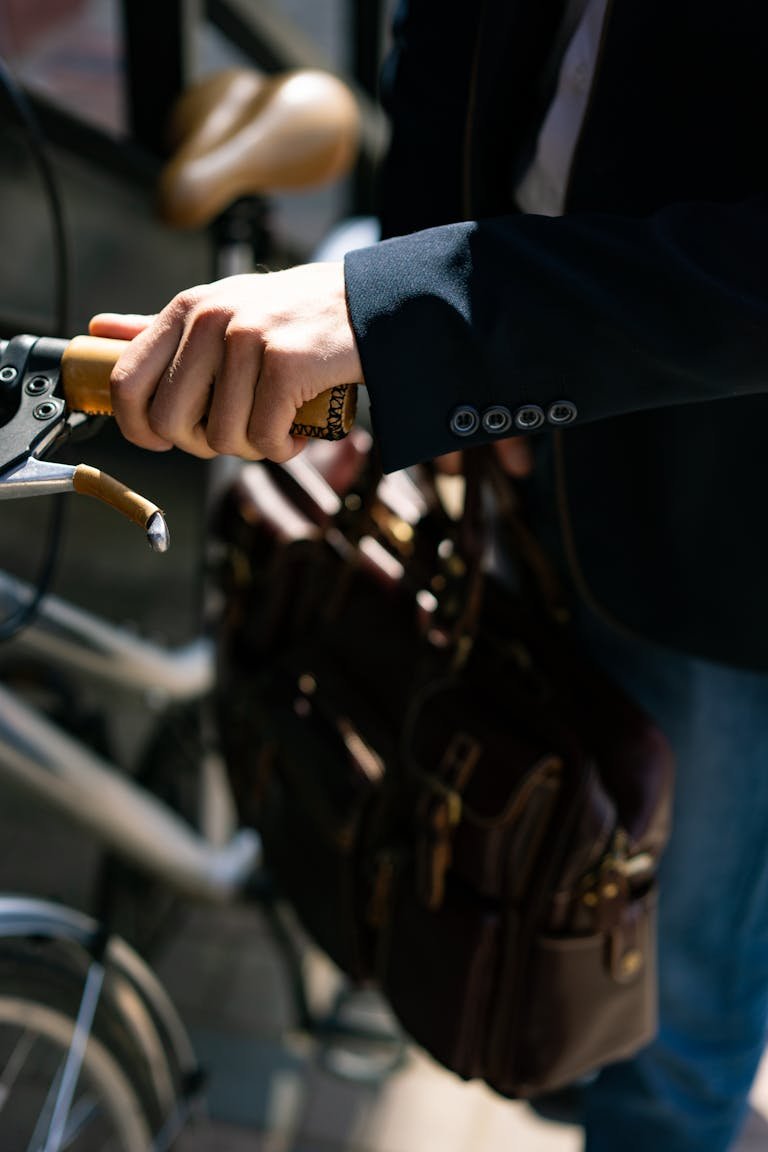Cycling After 50: How to Stay Fit, Ride Safely, and Conquer the Road
Here’s a surprising fact: cyclists over 50 make up nearly 40% of all recreational riders in the US, and they’re redefining what’s possible on two wheels! I’ve talked to countless riders who’ve found their stride in their golden years. Whether you’re returning to cycling or just starting out, this guide will help you navigate the exciting world of cycling after 50. From choosing the right bike to maintaining your fitness, we’ll cover everything you need to know to make your cycling journey both enjoyable and sustainable!
Benefits of Cycling After 50 🚲
Why It’s Great for Older Riders
Let me tell you something incredible – starting cycling after 50 was one of the best decisions I ever made. The transformation in my health, energy levels, and social life has been nothing short of remarkable. If you’re considering taking up cycling after 50, you’re about to embark on an awesome journey.
Health Benefits That Will Blow Your Mind
When I first started cycling after 50, I was honestly worried about pushing my heart too hard. But here’s the amazing thing – regular cycling has actually made my heart stronger than ever. Research shows that cycling can:
- Lower resting heart rate
- Reduce blood pressure
- Improve cardiovascular endurance
- Decrease the risk of heart disease
My own doctor was totally impressed with my improved heart health markers after just six months of regular riding. The key is starting slowly and gradually building up your endurance.

Q: Is cycling good for people over 50?
A: Yes! Cycling is a low-impact exercise that strengthens muscles, improves heart health, and supports joint mobility, making it an excellent choice for older adults.
Core Benefits of Cycling After 50
Why It’s Great for Older Riders
- Joint-Friendly Exercise: Unlike running or high-impact sports, cycling minimizes stress on knees and joints, making it an excellent choice for those with arthritis or joint pain.
- Heart Health: Regular cycling improves cardiovascular endurance, lowers the risk of heart disease, and helps regulate blood pressure.
- Mental Well-Being: Cycling triggers the release of endorphins, reducing stress, anxiety, and symptoms of depression while enhancing cognitive function.
- Weight Management: A steady cycling routine can help burn calories, boost metabolism, and maintain a healthy weight without excessive strain.
- Social Engagement: Cycling clubs and group rides provide motivation, accountability, and a sense of community, making exercise more enjoyable.
Joint Health: The Low-Impact Champion
Here’s something fantastic about cycling after 50 – it’s incredibly gentle on your joints. Unlike running or high-impact sports, cycling allows you to get a solid workout without stressing your knees and hips. I used to struggle with knee pain from jogging, but switching to cycling changed everything.
The benefits for joint health include:
- Improved joint mobility
- Strengthened leg muscles that support joints
- Enhanced cartilage health through movement
- Reduced arthritis symptoms
Mental Clarity and Cognitive Function
Let me share something amazing – cycling isn’t just about physical health. The mental benefits are absolutely incredible. Studies have shown that regular cycling can:
- Reduce stress and anxiety
- Improve memory and concentration
- Boost mood through endorphin release
- Enhance sleep quality
I’ve noticed that my mind feels sharper and more focused on days when I ride. The combination of physical exercise and being outdoors is a powerful boost for brain health.

Social Connection: Finding Your Tribe
One of the most unexpected benefits of cycling after 50 has been the awesome community I’ve found. Local cycling groups have introduced me to incredible people who share this passion. Group rides have become the highlight of my week, combining exercise with social interaction.
Weight Management That Actually Works
Maintaining a healthy weight becomes more challenging after 50, but cycling has been a game-changer. It’s an effective way to:
- Boost metabolism
- Build lean muscle mass
- Burn calories efficiently
- Improve insulin sensitivity
📥 Download our Free Cycling After 50 Guide for Bonus Tips & Bike Recommendations!
Getting Started: Choosing Your Perfect Ride 🚲
Finding Your Ideal Bike
Let me save you some time and money by sharing what I’ve learned about choosing the right bike after 50:
Road Bikes
Best for: Riders with good flexibility and no major joint issues
- Lighter weight frames
- More efficient for longer rides
- Multiple hand positions
- Better for speed and distance
Hybrid Bikes
Best for: Most beginners over 50
- More upright riding position
- Comfortable saddle options
- Stable handling
- Versatile for different surfaces

E-Bikes
Best for: Those wanting extra assistance or dealing with health issues
- Power assistance when needed
- Extended riding range
- Less strain on joints
- Perfect for hilly areas
Comfort Essentials
- Padded Saddle: Reduces pressure on joints.
- Wide Handlebars: Improves grip and posture.
- Step-Through Frame: Makes mounting and dismounting easier.
Essential Gear for Safety and Comfort
After trying out various equipment, here’s what I consider absolutely necessary for cycling after 50:
Must-Have Gear for Safety
- Helmet with MIPS Technology: Multi-directional Impact Protection System helmets offer enhanced head protection against rotational impacts.
- Reflective Clothing & Bike Lights: Essential for visibility, especially in low-light conditions or during evening rides.
- Rearview Mirror: Attachable to handlebars or helmets, this provides better awareness of vehicles and other cyclists approaching from behind.
- Padded Gloves: Protect hands from numbness, improve grip, and absorb shock from rough terrain.
🚲 Essential Bike Features:
✅ Padded Saddle: Provides extra cushioning for prolonged comfort on long rides.
✅ Wide Handlebars: Enhances grip, improves posture, and reduces wrist strain.
✅ Step-Through Frame: Simplifies mounting and dismounting, especially for those with limited flexibility.
Budget Planning and Investment
Smart ways to manage the cost of starting cycling:
- Start with a quality entry-level bike ($500-$1000)
- Invest in essential safety gear first
- Add comfort modifications gradually
- Consider last year’s models for better deals
The key is to invest in quality where it matters most – particularly in areas that affect safety and comfort. I started with a solid hybrid bike and gradually upgraded my gear as I understood my needs better.
Remember, cycling after 50 isn’t about keeping up with younger riders or having the fanciest equipment. It’s about finding a sustainable, enjoyable way to stay active and healthy. Start slowly, listen to your body, and gradually build up your endurance and confidence.
The most important thing is just getting started. Every rider you see out there had a first day, and many of us started after 50. Trust me, you’ve got this, and the benefits you’ll experience will be absolutely worth it!
Mastering Cycling Fitness After 50: A Comprehensive Guide
Let me share something I’ve learned from years of working with cyclists over 50 – our bodies might need some extra attention, but they’re totally capable of amazing things. The key is understanding how to adapt and build fitness smartly.
Training & Fitness Tips for Endurance
4-Week Cycling Plan for Endurance
Gradual Training Plan
- Week 1: Start with short, leisurely rides (10-15 minutes, 3x per week) on flat terrain to build confidence and ease into cycling.
- Week 2: Increase ride duration (20-30 minutes, 3x per week) while incorporating gentle slopes to improve stamina.
- Week 3: Introduce moderate hills and longer rides (30-45 minutes) to challenge endurance and leg strength.
- Week 4: Aim for a 1-hour weekend ride on varied terrain, focusing on pacing and controlled effort.
🏋️♂️ Pro Tip: Strengthen supporting muscles with light resistance training and incorporate stretching exercises to enhance flexibility and reduce stiffness.

Smart Adaptations Understanding Your Changing Body
The first thing I noticed when cycling after 50 was how differently my body responded to exercise. Here’s what you need to know about age-related changes:
- Recovery Needs
- Muscles take longer to repair and rebuild
- Sleep becomes more crucial for recovery
- Nutrition plays a bigger role in bouncing back
- Active recovery days are essential
- Flexibility and Mobility Our bodies naturally become less flexible with age, but there are solid ways to maintain mobility:
- Daily stretching routines focusing on hip flexors
- Yoga poses specifically for cyclists
- Regular foam rolling sessions
- Dynamic warm-up exercises
Managing Common Age-Related Conditions
Let’s talk about something many cyclists over 50 face – dealing with existing conditions. Here’s how to adapt:
- Arthritis Management
- Start with shorter, more frequent rides
- Use higher cadence to reduce joint stress
- Consider a bike fit focused on joint comfort
- Try compression gear for joint support
- Back Pain Prevention
- Core strengthening exercises
- Proper bike positioning
- Regular stretching routine
- Gradual increase in riding time
Recovery: Your Secret Weapon
I’ve learned that recovery isn’t just important after 50 – it’s absolutely crucial. Here’s my tried-and-true recovery protocol:
- Post-Ride Recovery
- Light stretching immediately after riding
- Proper hydration (at least 16oz within first hour)
- Protein-rich snack within 30 minutes
- Gentle walking to keep muscles active
- Injury Prevention
- Regular strength training
- Balance exercises
- Proper warm-up routine
- Regular bike maintenance to prevent accidents
The Perfect Warm-Up and Cool-Down
Here’s an awesome warm-up routine that’s worked wonders for me:
- Pre-Ride Warm-Up (15-20 minutes)
- 5 minutes of light cardio
- Dynamic stretching
- Gradual increase in intensity
- Joint mobility exercises
- Post-Ride Cool-Down (10-15 minutes)
- Gradually decrease intensity
- Light spinning
- Gentle stretching
- Deep breathing exercises

Building Your Cycling Fitness After 50
Starting Smart: The Progressive Approach
When I first started serious cycling after 50, I made the mistake of trying to do too much too soon. Here’s a better approach:
Week 1-2:
- 20-30 minute rides
- Flat terrain
- 2-3 times per week
- Focus on proper form
Week 3-4:
- 30-45 minute rides
- Introduction of gentle hills
- 3-4 times per week
- Begin monitoring heart rate
Sample Training Plans
Here’s a solid 12-week plan that’s worked well for many cyclists over 50:
Beginner Level:
- Month 1: Build endurance with 30-minute rides
- Month 2: Introduce hills and longer duration
- Month 3: Add interval training and group rides
Intermediate Level:
- Month 1: Focus on consistent base miles
- Month 2: Add structured intervals
- Month 3: Include challenging group rides
Staying Safe and Connected: Your Guide to Cycling After 50
After years of cycling past 50, I’ve learned that safety isn’t just about wearing a helmet – it’s about creating a totally comprehensive approach to staying healthy and connected on the bike. Let me share some amazing insights that have made all the difference.
Safety and Health: Your Foundation for Success
Starting Smart: Health Checks and Medical Clearance
Before jumping into cycling after 50, here’s what I learned about getting properly cleared:
- Essential Health Checks
- Comprehensive physical examination
- Cardiovascular stress test
- Blood pressure evaluation
- Joint mobility assessment
- Working with Healthcare Providers
- Share your cycling plans
- Discuss any existing conditions
- Get specific exercise guidelines
- Plan regular check-ups
Weather Wisdom and Seasonal Riding
Something I’ve learned the hard way – weather affects us differently after 50. Here’s how to adapt:
- Summer Riding
- Start early to avoid peak heat
- Use sunscreen and protective clothing
- Take frequent hydration breaks
- Plan routes with shade
- Winter Adaptations
- Layer clothing properly
- Use appropriate tire pressure
- Invest in good lighting
- Consider indoor training options
Nutrition & Recovery for Older Cyclists
Best Foods for Cyclists Over 50
- Lean Proteins: Chicken, fish, eggs, and legumes aid muscle recovery and repair after long rides.
- Healthy Carbs: Whole grains, sweet potatoes, and vegetables provide sustained energy for endurance.
- Hydration: Drinking water with electrolytes prevents cramps, dehydration, and fatigue during rides.
- Anti-Inflammatory Foods: Nuts, seeds, and fatty fish help reduce joint pain and support recovery.

Nutrition and Hydration: Your Riding Fuel
- Pre-Ride Nutrition
- Light meal 2 hours before
- Complex carbohydrates
- Moderate protein
- Easy-to-digest foods
- During-Ride Hydration
- Drink before feeling thirsty
- Electrolyte replacement drinks
- Small snacks every hour
- Monitor hydration levels
Emergency Preparedness
Something every cyclist over 50 needs to know – being prepared for anything:
- Essential Items to Carry
- Basic tool kit
- Spare tube and pump
- ID and emergency contacts
- Mobile phone
- Basic first aid supplies
- Basic Maintenance Skills
- Tire changing
- Chain maintenance
- Brake adjustment
- Safety checks
Building Your Cycling Community
Finding Your Tribe: Age-Appropriate Groups
Let me share how to find the perfect cycling community:
- Local Cycling Clubs
- Look for 50+ specific groups
- Join beginner-friendly rides
- Try different groups to find your fit
- Start with shorter group rides
- Online Communities
- Facebook cycling groups for seniors
- Strava clubs for older riders
- Local cycling forums
- Virtual riding communities
Creating a Sustainable Routine
Here’s what I’ve found works for long-term success:
- Building Consistency
- Start with 2-3 rides per week
- Gradually increase frequency
- Mix social and solo rides
- Include recovery days
- Maintaining Motivation
- Set realistic goals
- Track progress
- Celebrate achievements
- Join challenges
- Adapting Your Routine
- Seasonal adjustments
- Life balance considerations
- Energy management
- Regular routine review
Remember, cycling after 50 is about creating a sustainable lifestyle that brings joy, health, and connection. The key is finding the right balance between challenge and enjoyment, safety and adventure.
Next Steps
I’ve found that the social aspects of cycling become even more important as we age. The friendships you’ll build and the community you’ll join can be just as valuable as the physical benefits. Don’t be afraid to reach out, join groups, and share your journey with others who understand exactly what you’re experiencing.
Start where you are, progress at your own pace, and remember – there’s no age limit on becoming an awesome cyclist!
Cycling after 50 isn’t just about staying active – it’s about embracing a lifestyle that keeps you young at heart. With the right approach to equipment, training, and safety, you can enjoy years of rewarding rides ahead. Remember, it’s never too late to start, and the cycling community welcomes riders of all ages. Ready to begin your cycling journey? Grab your helmet, and let’s get rolling toward your next adventure! 🚴♂️
Related Posts and Resources
- Smart Bike Trainers: 2024 Best Picks with Features and Benefits
- How to Improve Cycling Endurance in 2025: 5 Proven Strategies for Cyclists
- The Ultimate Guide to Cycling Technology and Gadgets in 2025
- How Do You Adjust Bike Brakes? A Step-by-Step Guide for 2024
- Recumbent Bike Benefits: The Ultimate Guide to Comfortable Cardio

